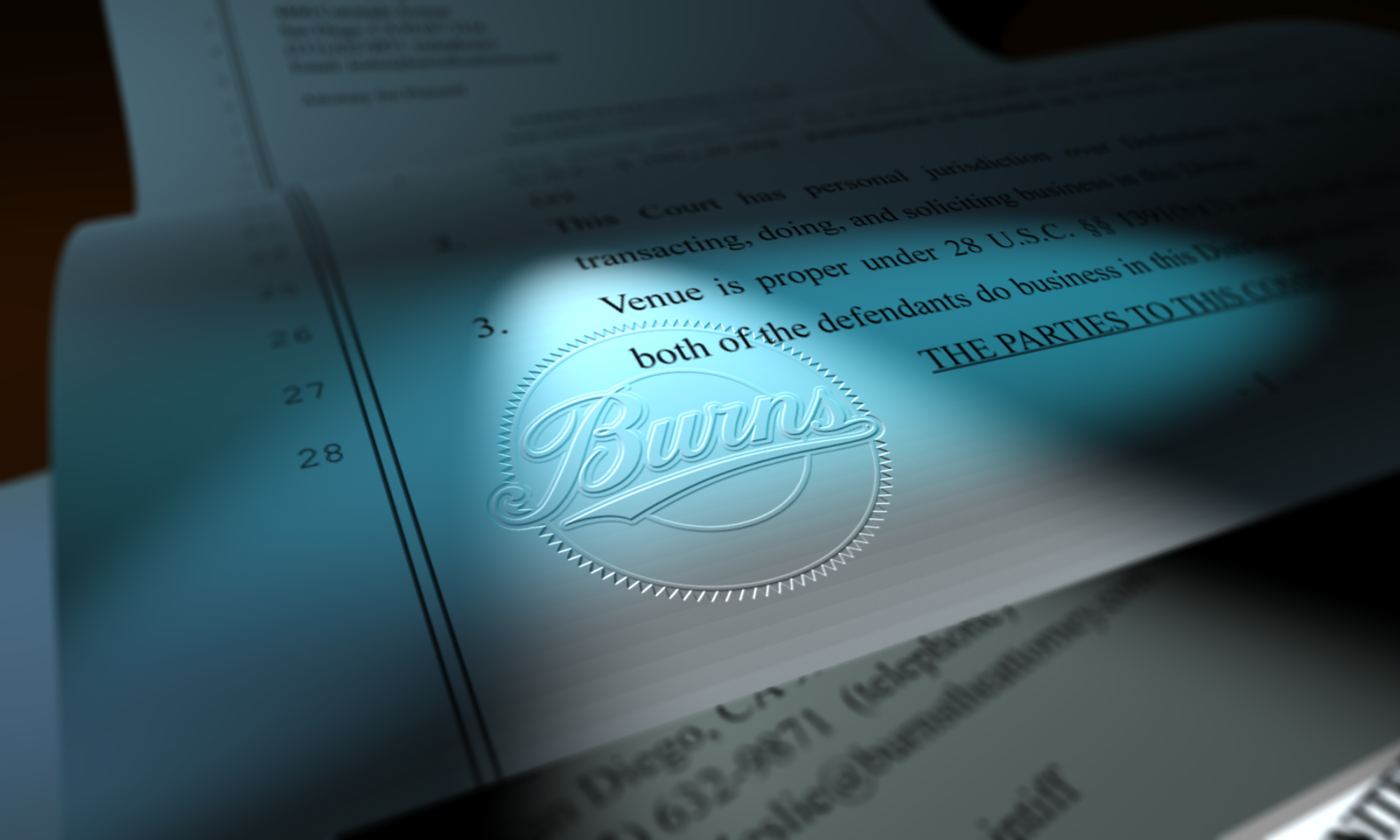I have been following the work of Seth Godin for years. I have many of his books and have found most of his works (particularly older ones) to be extremely helpful and accurate. Recently, however, his posts have been, for lack of a better word, sloppy. Maybe this is a result of his going outside his best body of knowledge, I don’t know, but because he has a huge following, it has serious effects when he gets something wrong. Today, he got something wrong.
He starts off poorly with the title: Simple Thoughts About Fair Use. Unfortunately, you can’t simplify Fair Use. It would be lovely if there was a way to do that, but you can’t.
Fair Use is an exception to the exclusive rights under copyright. Basically, someone can use a copyrighted work, in part or in some situations in its entirety, if the factors for Fair Use are sufficiently fulfilled. In every Fair Use analysis, there are four factors (quoting from the Copyright Office):
- The purpose and character of the use, including whether such use is of commercial nature or is for nonprofit educational purposes;
- The nature of the copyrighted work;
- The amount and substantiality of the portion used in relation to the copyrighted work as a whole;
- The effect of the use upon the potential market for, or value of, the copyrighted work.
All the factors have to be examined and any one in and of itself doesn’t outweigh another. When you read cases with Fair Use claims, each factor is broken out and looked at by the court. Result? The opinions tend to be long reads with lots of detail.
If you go into the history that resulted in the codification of Fair Use in 17 USC 107 (the actual statute for Fair Use–before that it was just a judicial doctrine), you’ll find that it evolved out of an understanding of the importance of “free” reproductions/use for scholarly work or criticism (including parody). In fact, those uses were written into the law. Quoting the statute itself:
[…] the fair use of a copyrighted work, including such use by reproduction incopies or phonorecords or by any other means specified by thatsection, for purposes such as criticism, comment, news reporting,teaching (including multiple copies for classroom use),scholarship, or research, is not an infringement of copyright.
Because we have gotten sloppy ourselves about how we use language, we commonly misuse the idea of what, for example, news reporting is. Or teaching, etc. This results in the idea that just because someone has a blog and, for example, “teaches” on that blog, Fair Use applies. The reality is, it might not be teaching under the law.
To that point, Congress noted in its record on the adoption of this law (Historical and Revision Notes House Report No. 94-1476)that “no generally applicable definition is possible, and each case must be decided on its own facts.” In other words, you can’t make sweeping generalizations about Fair Use.
Thus,Godin can’t just throw out words like “Most web users should know a few simple guidelines, principles so simple that you can generally assume them to be rules” without understanding that he is misleading his readers.
He is likely right in saying that you can use works if you are parodying them or commenting on them, although he should emphasize that point. For example, you can’t use someone else’s photo of a doghouse to illustrate an article on spouses fighting (“being in the doghouse”), but you might be able to if you are discussing doghouse design and reference the design shown in the photo.
His last example is particularly worrying as it can be entirely wrong, depending on the facts:
You can quote hundreds of words from a book (for an article or book or on your website) without worrying about it and you certainly don’t need a signed release from the original author or publisher. Poems and songs are special exceptions. Then you can worry.
If you are writing an article on (for example) the allusions used in a specific poem (or song), you can probably quote the whole poem (or song) under Fair Use. On the other hand, you’d be taking a risk using a single sentence out of someone else’s novel (or article, or whatever) and reproducing it in your own novel (whatever), just because you liked the sentence and want to use it. That could be an infringement.
See, it all depends. Fair Use is really one of the best examples of “It depends” in intellectual property law. There are no easy answers.
Oh, and his comment about photos? He should have said “Contact the photographer and ask before using any photo” as the default process. That is the best thing to do, because most people do not make their living off the licenses they sell and so cannot get into the mind of the photographer, as he suggests.
Furthermore, Godin at the end of his piece throws out this line, almost in passing:
And… “all rights reserved” doesn’t mean anything any more, just fyi.
This advice will hurt his readers, for sure, if they follow it and ignore such notices. If a creator posts his/her work with a notice “all rights reserved” and someone else uses that work without permission, the creator has a strong claim for willful infringement. Willful infringement means higher damages. Whoops!
Also, people who use Flickr and who want to make it clear that the work is copyright protected and not available for free use (that is, not under a CC license) use the setting “all rights reserved” and it appears with their images, like these.
The biggest problem with this whole situation is someone like Seth Godin has a big reach. So, when he misstates the law as seriously as he does in his piece, it can cause big ripples downstream. I hope he posts a retraction or does something to correct this misinformation and its spread.
